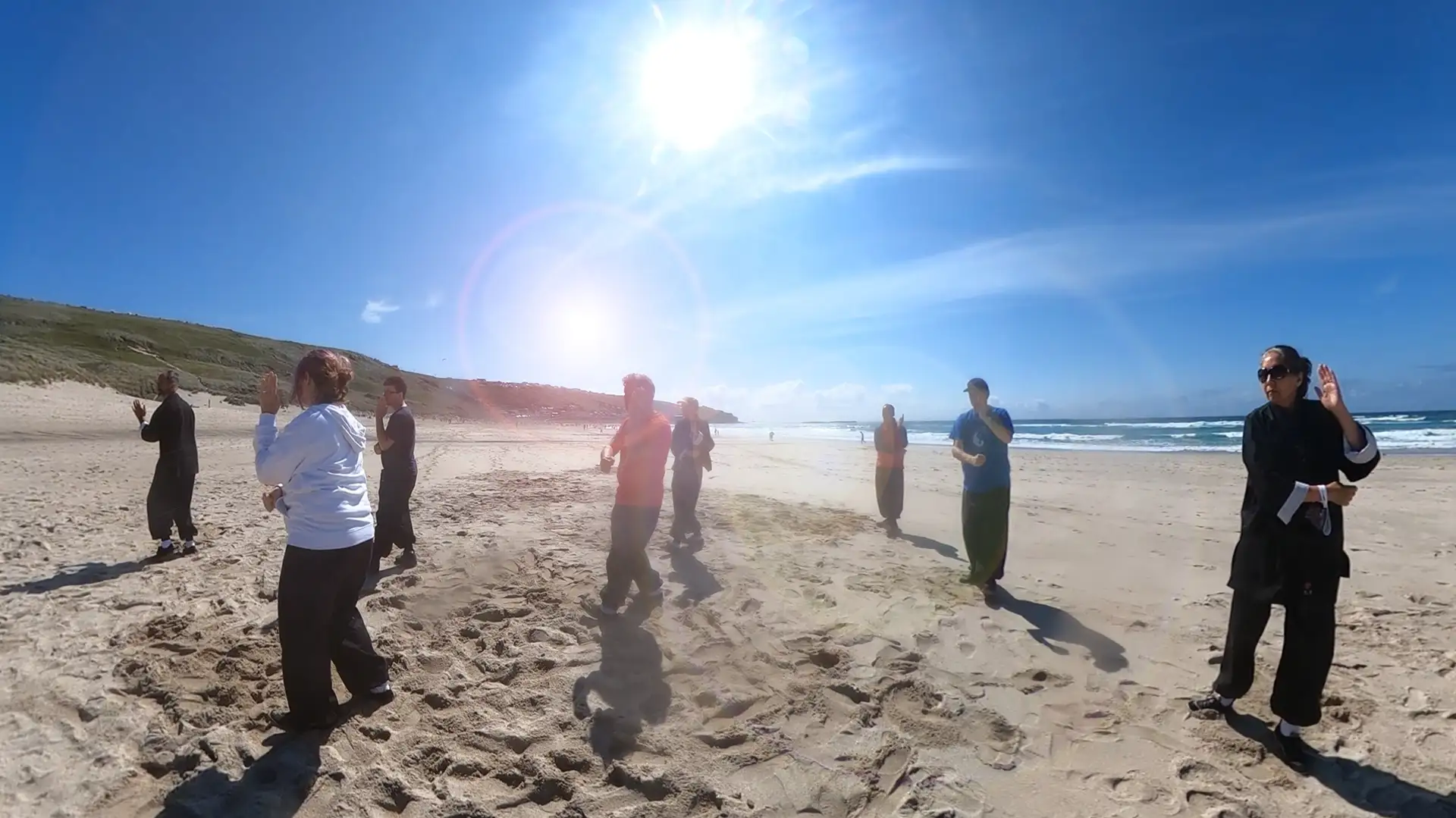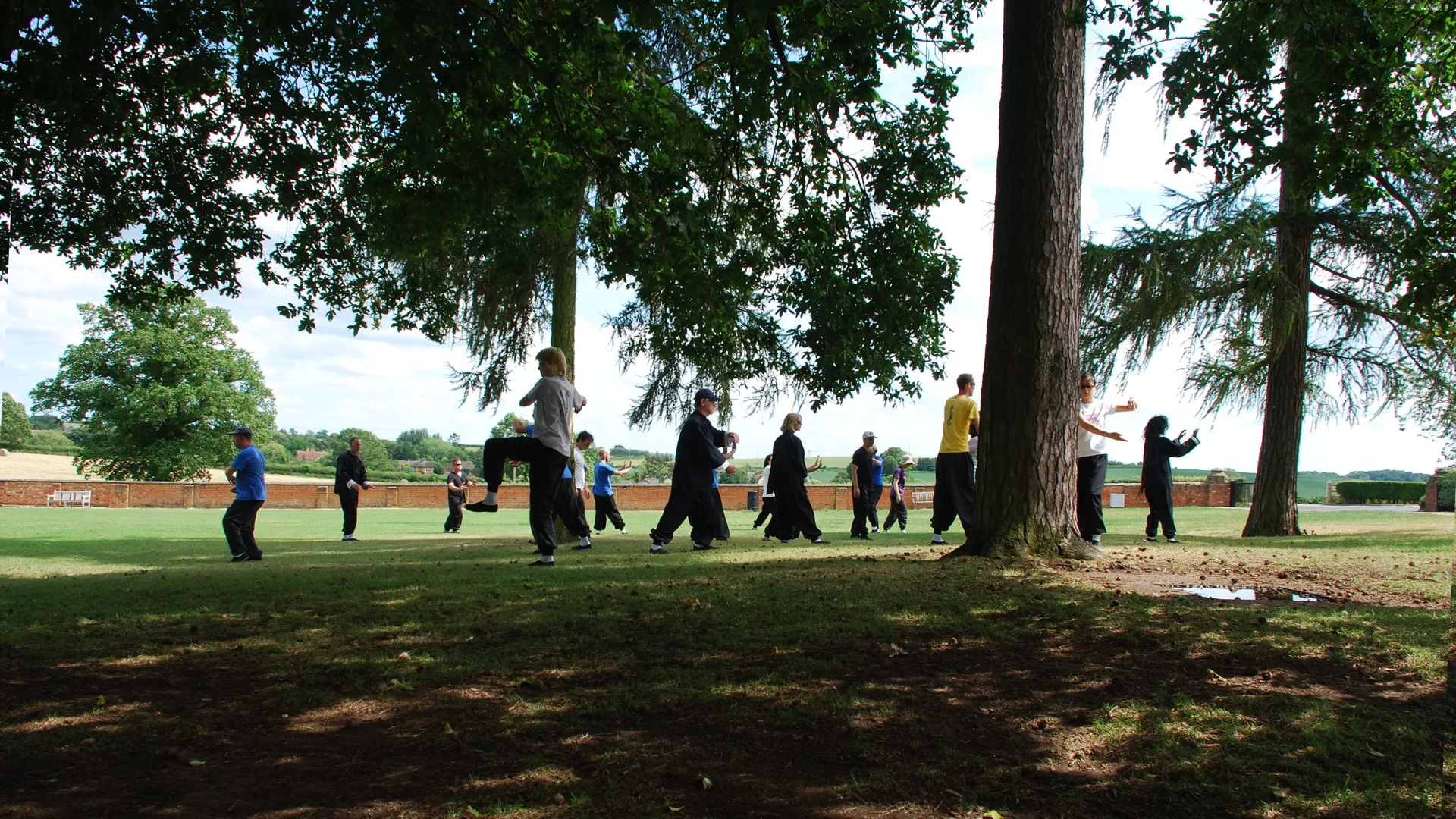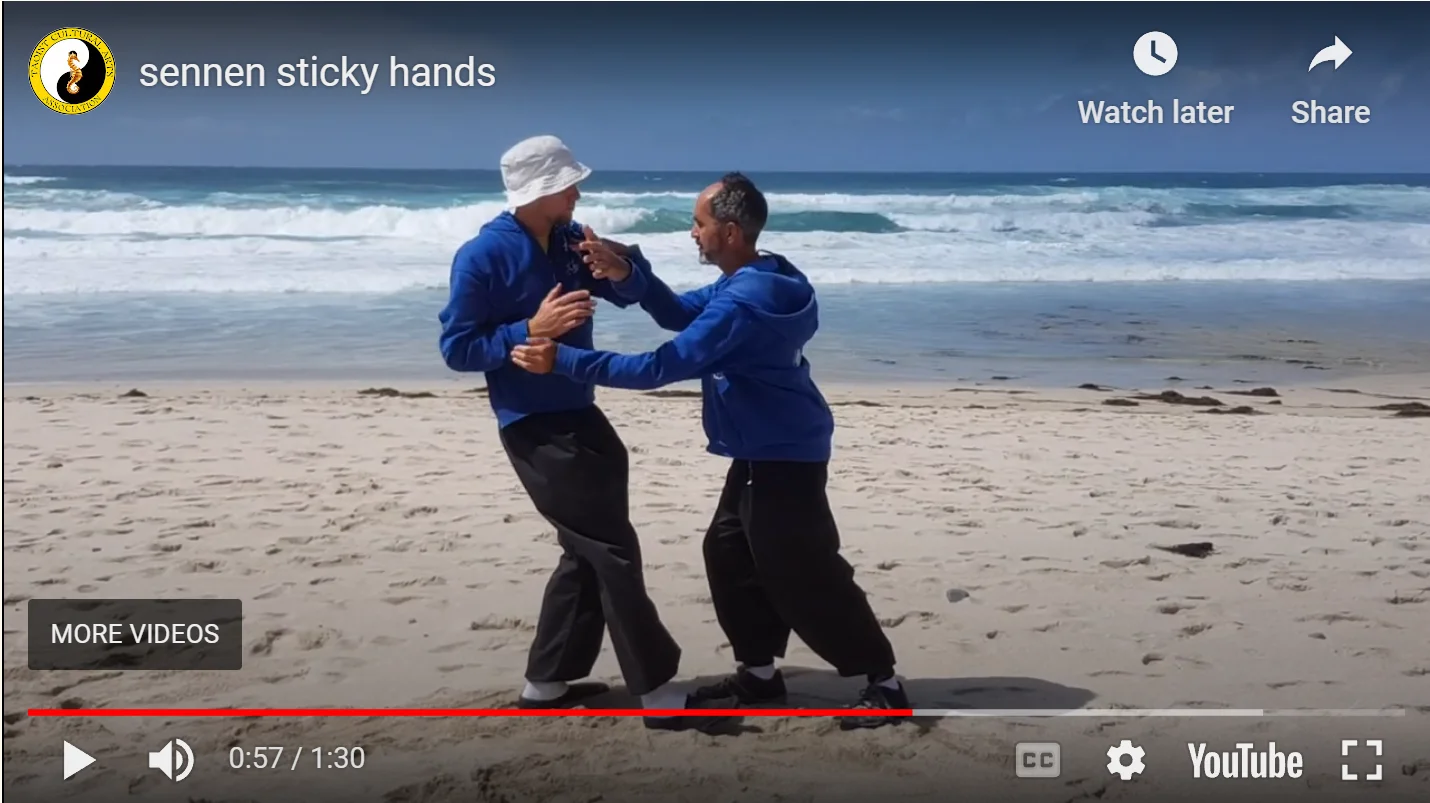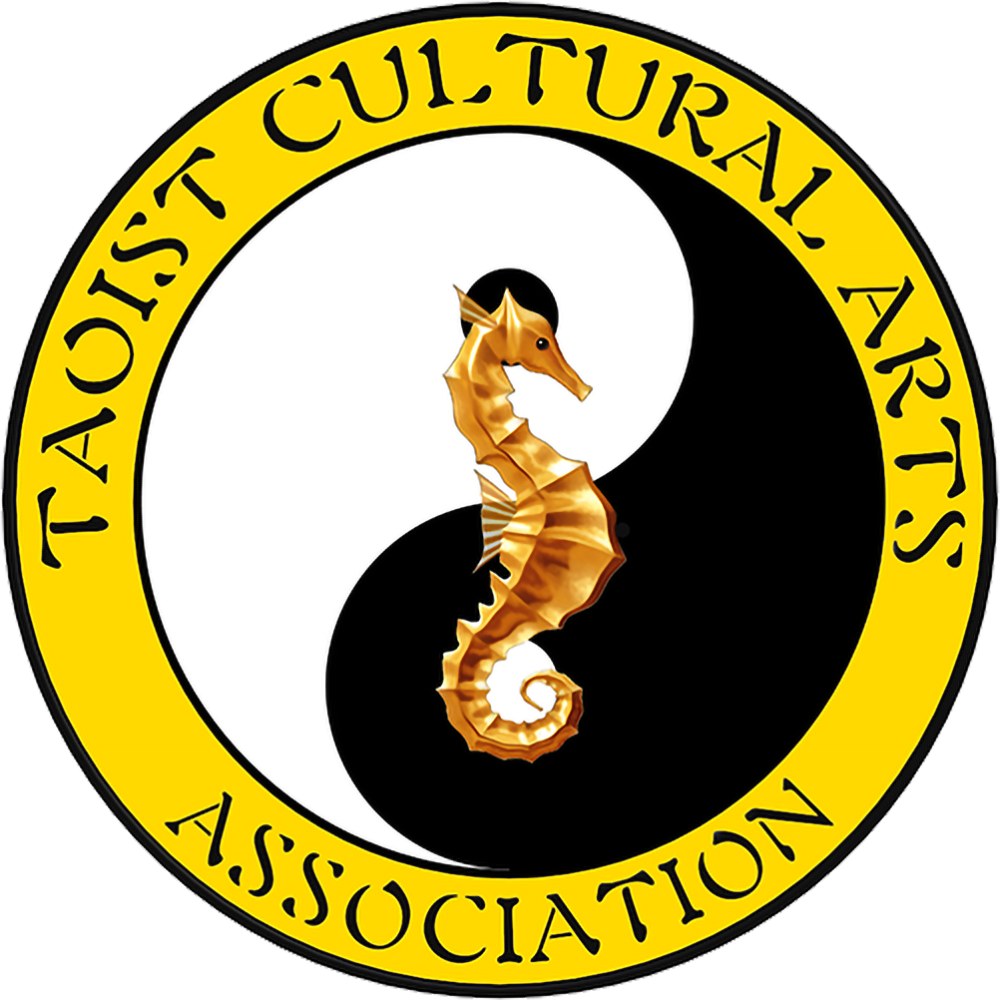Category: Feng Shou kung fu
-

Birmingham Weekend Course
In March, it will be Birmingham’s turn to host a weekend course by the Taoist Cultural Arts Association It’s on Saturday 22nd – Sunday 23rd March and we’ll be over at The Hub Hazelwell: 318 Vicarage Road, Birmingham B14 7NH On Saturday 22nd, there will be an entire day of tai chi and on Sunday…
-

Summer Course 2024
Tai Chi, Kung Fu and Health and Massage Course Summer Course 2024 Sennen Cove, Cornwall Tai Chi week A week of Lee style Kai Men qigong, Tai Chi and weapons. Monday 29th – Friday 2nd August 2024 Feng Shou Kung Fu week Monday 5th August to Friday 9th August 2024 A week of Feng Shou…
-

Tai Chi diversity
Tai Chi: Beyond Age and Boundaries In the dappled light of dawn, one often pictures serene parks filled with elders flowing effortlessly through the ancient practice of Tai Chi. Yet, this imagery, ingrained as it might be, just scratches the surface of what Tai Chi truly offers to the world. Tai Chi’s magic is not…
-

Sticky hands
Yīfù shǒu 依附手, also known as “Sticky Hands,” is a fundamental exercise in Lee Style Tai Chi that is taught to beginners as a way to introduce them to the principles of Tai Chi and to prepare them for more advanced techniques. While some may see Sticky Hands as a simple exercise, it is actually…

